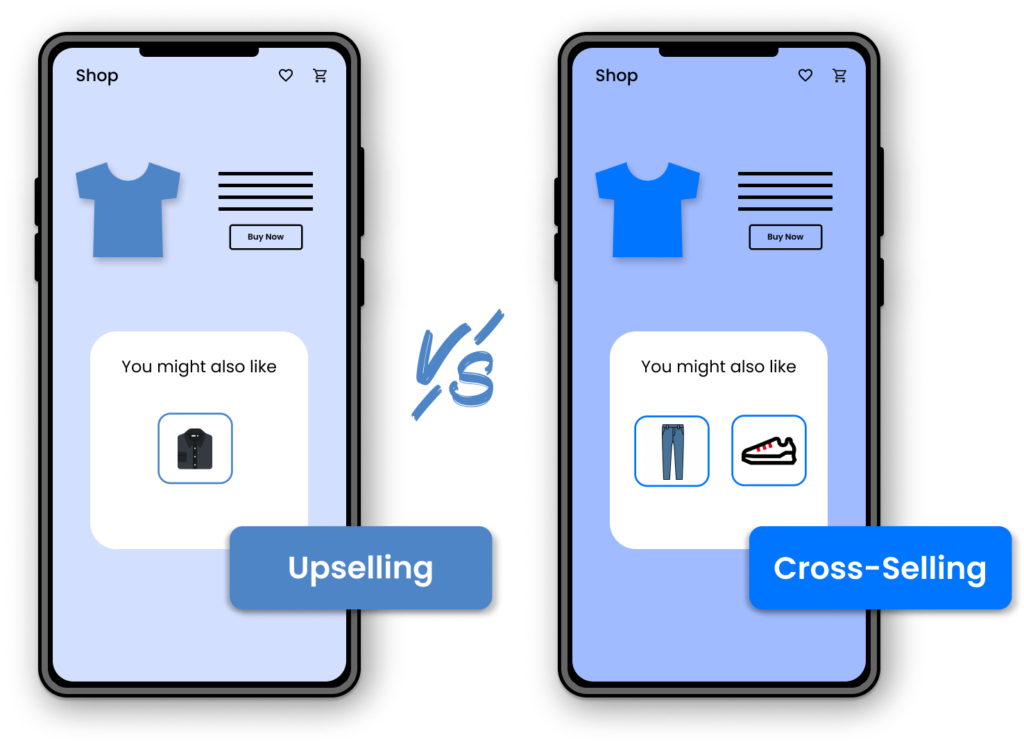Implementing a B2B eCommerce product catalog management is a big responsibility for any business—a task that takes time, effort, and expertise, especially when you’re juggling other responsibilities like inventory management and providing excellent customer service.
Best practices for B2B eCommerce product catalog management
- Create a flowchart for your catalog management process
- Database Management for E-commerce Product Catalogs
- Integrate PIM with Catalog Management
- Build customer trust by providing accurate product information
- Personalizing Product Catalog
- A Catalog that works with your target audience
- Cross-sell related products
- Know your most and least profitable products
- Avoid making crucial decisions without relying on data
What is B2B eCommerce product catalog management and why does it matter?
B2B e-commerce product catalog management is something in which retailers ensure that their product database is organized, standardized, structured, and up to date across all online sales channels. Product Catalog Management is the process of maintaining and managing large amounts of product data online which is easily consumable in order to drive sales and engagement.
A product catalog allows retailers to customize, optimize, and restructure the product catalog to provide a quick and easy purchasing process for customers at a low cost of time and money.
B2B eCommerce Product catalog management is essential because it contains every detail about your products and inventory. It contains updated product information such as product specifications, prices, marketing copy, digital assets, and so on. This allows your website visitors to gain in-depth product knowledge and make them accessible, which helps your company stand out from the competition.
For many businesses, the B2B Product catalog is the foundation of their success. Having a well-maintained catalog will entice merchants to invest in your company.
Managing a large product catalog can be difficult, but it doesn’t have to be. To get you started, here are a few tips for better managing your online catalog, ranging from optimizing product information to measuring impact and conversion rates.
Recommended Reads: B2B ECommerce – Today & Beyond
1. Create a flowchart for your catalog management process
Because of the involvement of multiple stakeholders, B2B eCommerce product catalog management can sometimes face multiple challenges that can be overcome by mapping the catalog management process. The catalog mapping procedure provides a thorough understanding of:

- Who is impacted by the catalog changes?
- When are they impacted by the process?
- Which parts of the catalog management process involve stakeholders?
A clear map of the catalog management process will assist you in understanding the steps you must take throughout the process. With this understanding, the catalog management process can be customized to address specific stakeholder concerns while also optimizing them in the long run.
2. Database Management for E-commerce Product Catalogs
Since B2B eCommerce product catalog management is a type of information management, keeping a database is an essential part of optimizing the catalog. Avoid database clutter by following the best practices listed below.
Avoiding Using Multiple Databases
Multiple databases will complicate your catalog management process. Always have a single product catalog database to manage all operations. Not only will it be more effective but it will prevent any order errors and returns
Concerns about Scalability
Your company’s scalability is directly related to the scalability of its product catalog database. If your company is expanding, you must ensure that your database is scalable enough to accommodate a new entry and all necessary changes.
Developing a Product Catalog Hierarchy
By assigning permissions and roles to professionals, you can prevent stakeholders and vendors from making unnecessary changes to the product catalog database. It creates a flawless authorization flow, which increases data security.
3. Integrate PIM with Catalog Management
Spreadsheets are a must-have in any business, but they may not be the best tool for catalog management because they leave room for human error. As a result, purchasing a product information management (PIM) system that integrates with your eCommerce platform is a wise decision.
You can use a PIM in conjunction with your catalog management solution to:
- Get access to catalog templates that are ready to use.
- Organize product data in a central location.
- Make product information readily available.
- Update and edit information across all touchpoints at the same time.
You can improve your workflow by integrating a PIM system with an eCommerce catalog. Because you’ll be connecting these two solutions, you won’t have to buy separate tools or deal with a siloed catalog management process. Akeno PIM, PIMWorks, Informatica among others are a few bestselling PIM software.
There are ecommerce platforms as well which come with built-in PIM software, making it much more convenient to control/host a variety of products from one single platform gelling perfectly with your omnichannel strategy.
4. Build customer trust by providing accurate product information
Trust is the foundation of all business relationships. Being transparent and honest is one way to accomplish this in the B2B eCommerce platform. Customers want to know more about your product than just what they see in advertisements and marketing materials.
They want information about what you have to offer that is simple to understand, comprehensive, and accurate. As a result, your B2B eCommerce catalog must include all of the information they require to make informed purchasing decisions.
This could include the following:
- Your product’s technical characteristics (size, color, model, etc.)
- Product images and videos in high resolution
- Additional information about the product, its uses, and its benefits
5. Personalizing Product Catalog

Personalization of Product catalogs is very common in B2B e-commerce companies, where product prices can vary depending on ordering situation and customer type. To move ahead you need to make sure if you have a tailor-made catalog or not. With a tailored catalog option, your eCommerce company will be able to serve individual customers with catalogs relevant to them.
6. A Catalog that works with your target audience
Creating an effective B2B eCommerce product catalog management for your e-commerce site that works with your target audience is something that needs to be thought about. Through large data sets and performing complex analytics companies tend to become more efficient as they are prepared for change and serve their customers better.
Analytics will help you quantify and qualify the impact of your catalog by informing you of your design, market approach, speed, and inventory design. This way you can determine your scope of improvement and act likewise.
7. Cross-sell related products
Including related products in your e-commerce catalog is a simple way to boost average order value.

Consider your own online shopping experiences. When looking for a new smartphone, most online stores will also recommend earphones, protection cases, phone insurance, and many more. How many times have you added those extra items to your shopping cart? Usually, you do it because you need them and it’s extremely convenient not to have to go looking for them.
8. Most and least profitable products
You can easily keep track of which products sell the most and which do not by properly managing your product catalog.
You can use your e-commerce catalog solutions to see which products are performing the best. Start taking advantage of these opportunities by increasing exposure and stock for your most profitable products while decreasing exposure and stock for less profitable products.
This practice should be done regularly, as your customers’ needs change due to trends, seasons, and other time factors that influence purchasing decisions.
You can sort your catalog products by the period you want to examine them. Shorter periods are ideal for keeping up with trends, while longer periods provide a general overview of your product’s performance.
9. Avoid making crucial decisions without relying on data:
Sometimes the data is simply insufficient, and you want to experiment based on your intuition and knowledge of the market in your industry, we understand this approach and it is totally fine.
However, if you’re well-versed in the e-commerce industry, you’re probably aware that nothing beats data. Indeed, data does not always make sense, but it converts when used wisely in marketing and decision-making.
Customers eventually realize the inaccuracy of those data points and lose trust in the brand. And it is only natural for them to want to do business somewhere where they will not be lied to.
You can use your data to create product catalogs that appeal to customers, resulting in more sales and higher average order values.
With the right e-commerce solution, you can offer your customers a comprehensive product catalog service that can:
- Enable user-friendly navigations
- Real-time inventory data, 24x7x365
- Grow alongside your business and the needs of your customers